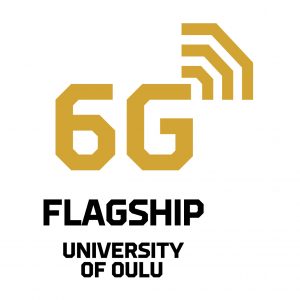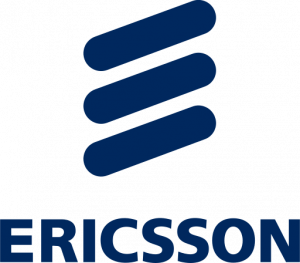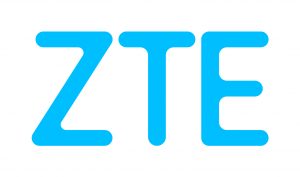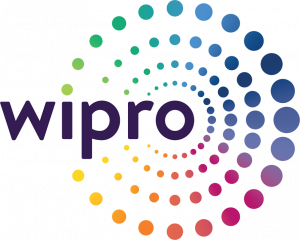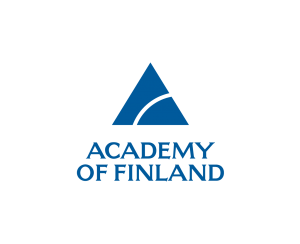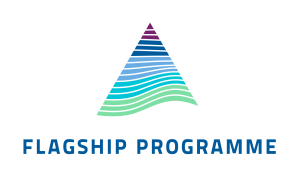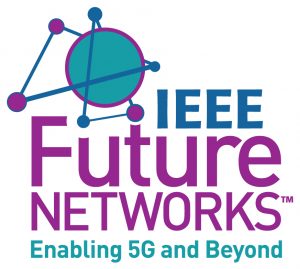
Prof. Jaafar Elmirghani is FIET, FIoP, and Director of the Institute of Integrated Information Systems, Leeds. He has provided outstanding leadership in a number of large research projects, and was PI of the £6m EPSRC Intelligent Energy Aware Networks (INTERNET) Programme Grant, 2010-2016. He is Co-Chair of the IEEE Sustainable ICT initiative, a pan IEEE Societies initiative responsible for Green ICT activities across IEEE. He was awarded the IEEE Comsoc 2005 Hal Sobol award, 2 IEEE Comsoc outstanding service awards (2009, 2015), the 2015 GreenTouch 1000x award, IET Optoelectronics 2016 Premium Award and shared the 2016 Edison Award in the collective disruption category with a team of 6 from GreenTouch for joint work on the GreenMeter. His work led to 5 IEEE standards with a focus on network virtualisation and energy efficiency, where he currently heads the work group responsible for IEEE P1925.1, IEEE P1926.1, IEEE P1927.1, IEEE P1928.1 and IEEE P1929.1, this resulting in significant impact through industrial and academic uptake. He is PI of the EPSRC £6.6m Terabit Bidirectional Multi-user Optical Wireless System (TOWS) for 6G LiFi, 2019-2024. He was an IEEE Comsoc Distinguished Lecturer 2013-2016. He has published over 500 technical papers, and has research interests in communication systems and networks energy efficiency and in optical wireless systems and networks
Optimum Resource Allocation in 6G Optical Wireless Communication Systems
Osama Zwaid Alsulami1, Amal A. Alahmadi1, Sarah O. M. Saeed1, Sanaa Hamid Mohamed1, T. E. H. El-Gorashi1, Mohammed T. Alresheedi2, Jaafar M. H. Elmirghani1
School of Electronic and Electrical EngineeringUniversity of Leeds, Leeds, United KingdomSchool of Electronic and Electrical Engineering, University of Leeds, Leeds, United Kingdom
Department of Electrical Engineering, King Saud University, Riyadh, Saudi Arabia 2
Optical wireless communication (OWC) systems are a promising communication technology that can provide high data rates into the tens of Tb/s and can support multiple users at the same time. This paper investigates the optimum allocation of resources in wavelength division multiple access (WDMA) OWC systems to support multiple users. A mixed-integer linear programming (MILP) model is developed to optimise the resource allocation. Two types of receivers are examined, an angle diversity receiver (ADR) and an imaging receiver (ImR). The ImR can support high data rates up to 14 Gbps for each user with a higher signal to interference and noise ratio (SINR). The ImR receiver provides a better result compared to the ADR in term of channel bandwidth, SINR and data rate. Given the highly directional nature of light, the space dimension can be exploited to enable the co-existence of multiple, spatially separated, links and thus aggregate data rates into the Tb/s. We have considered a visible light communication (VLC) setting with four wavelengths per access point (red, green, yellow and blue). In the infrared spectrum, commercial sources exist that can support up to 100 wavelengths, significantly increasing the system aggregate capacity. Other orthogonal domains can be exploited to lead to higher capacities in these future systems in 6G and beyond.
Hits: 567

